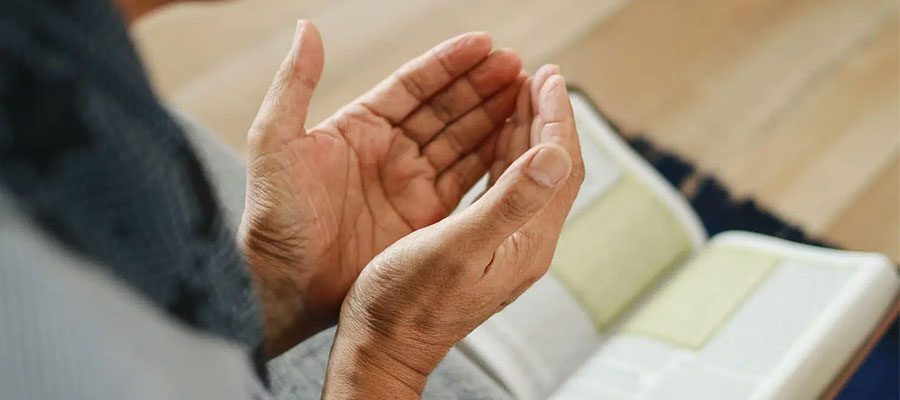Hair transplantation has recently been a popular treatment option for men who require expert assistance with their hair loss. Hair loss or thinning can make people feel insecure and unattractive, despite the fact that it is a common occurrence. Those who believe they are getting old and miserable in comparison to other people, particularly people, cannot be stopped, especially at the start of their hair loss.
Muslims, on the other hand, consider the religious aspect. When they can pray after a hair transplant surgery, is one of the most commonly asked questions about transplantation?
First of all, for people who have religious concerns, it will be a relief to learn that getting a hair transplant is not haram.
According to religious experts, there are various distinct perspectives on the topic of whether or not hair transplantation is haram. According to one mufti, Sheikh Ahmad Kutty, a senior lecturer and Islamic scholar at the Islamic Institute of Toronto, the operation is legal if it is held by the patient’s own natural hair, but it is haram if hair is plucked from another person. In this manner, individuals harm their natural appearance, which Allah has bestowed upon them, and this is why it is haram. People’s own hair, on the other hand, is permitted because it is only a matter of switching places.
If we now turn to the main topic of praying, it becomes a little bit more delicate because there are several factors.
First, you can, of course, pray, but you should do it while seated for the time being. We encourage our patients to avoid the sunlight and dirty areas soon after undergoing hair transplant surgery because there is a danger of infection and damage to the grafts. When someone prays, they place their forehead on the praying mat. As a result of the perspiration accumulation, there is a danger of infection. Furthermore, if there are dust particles on the praying mat, this is a problem.
You could think it is fine if I wash the praying rug or place a clean cloth on the spot where I place my forehead. Is it thus permissible to use a prayer rug? The answer remains no. Because you will have to lean forward towards the earth while praying. The issue is that some individuals may feel dizzy and nauseous because of the effects of the local anesthetic. If you pray while standing, you run the risk of collapsing. This is why it is preferable to pray while seated.
For the first two weeks after surgery, you must be extremely cautious when praying so that the grafts do not become dislodged. Another common question we receive is about ablution. This must, of course, be done before each prayer. Wiping the head is an important step in this process. You must be very careful not to damage the grafts while doing this. Transplanted grafts are vulnerable. They are readily injured for the first 5 days after surgery. So, please be kind and cautious.
To sum up all the goodness that has been said up until now, the people who have religious concerns can also get the surgery of hair transplantation, yet, they have a little bit more responsibility in the course of the healing period. Normally, they should learn and wait for the day when they can do whatever they want. Nevertheless, they should do some compulsory activities such as praying five times a day to God. As the Islam says, do not make it hard, make it easy, the people who undergone the hair transplantation surgery should pray by sitting for the first 2 weeks. Then, you can pray in the way you are accustomed to.
Table of Contents
How to Pray After Hair Transplant?
You should pray while sitting shortly following the hair transplant procedure. As praying entails touching one’s forehead to a praying carpet, there is a danger of infection. Furthermore, if there are dust particles on the praying mat, this is a problem. Furthermore, while praying requires you to lean forward towards the ground, some patients may feel dizzy and queasy at this stage due to the drugs. If you pray while standing, you run the risk of collapsing. This is why it is preferable to pray while seated. Bear in the mind that Islam is a religion, which makes things easy, so, you can be relieved.
Can I wear a hijab after a hair transplant?
Wearing a hijab after a hair transplant can be a concern for some patients. While it is generally safe to wear a hijab after a hair transplant, it is important to take precautions to avoid putting pressure on the newly transplanted hair follicles.
It is recommended to wait at least a few days after the procedure before wearing a hijab and to avoid wearing it too tightly. It is also important to avoid any activities that may cause excessive sweating or rubbing on the scalp, which may cause irritation or damage to the hair follicles.
If you have any concerns about wearing a hijab after a hair transplant, it is important to discuss these concerns with your healthcare provider and to follow all post-operative instructions provided to ensure optimal healing and hair growth.

